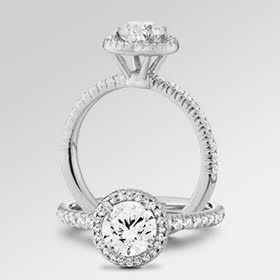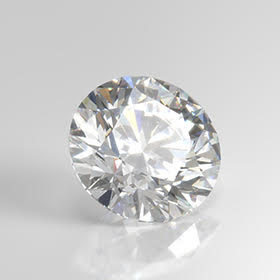Blood diamonds are those mined in conflict areas and sold to finance insurgencies, invasion forces, or warlord endeavors. The expression is used to call attention to the negative consequences of the diamond industry in certain areas or to designate a particular gem as originating from a certain area. The term has been used to describe diamonds mined during civil wars in the twentieth and twenty-first centuries in Angola, the West Coast, Ghana, Liberia, Guinea, and Guinea-Bissau. Conflicts are circumstances similar to those affecting other natural resources. In addition, organized crime groups may smuggle blood diamonds to sell them on the underground market.
Why are they called blood diamonds?
Conflict diamonds are another name for blood diamonds. This is due to the fact on blood diamond that what makes it noteworthy is the violence that occurred during (or was funded by) the conflicts that produced them. These rough diamonds, sometimes known as “conflict diamonds” or “blood diamonds,” can spark conflict and instability in neighboring nations when mined.
Policy response
In compliance with UN resolutions, President Clinton issued Executive Order 13194 on January 18, 2001, prohibiting the entry of raw diamonds from Liberia into the United States. President George Bush signed Executive Order 13213 on May 22, 2001, prohibiting the importing of raw diamonds from Liberia into the United States. The United Nations has acknowledged Liberia as a conduit for conflict diamonds coming from Sierra Leone.
What are conflict diamonds?
According to the International Diamond Council, which promotes the commercial diamond trade, "blood" or "conflict" diamonds are unlawfully traded to finance conflict in regions ripped apart by war, mainly in western and central Africa.
The United Nations describes conflict diamonds as "diamonds that arise from controlled areas by forces or factions objecting to legitimate and recognized international governments and are used to finance military action by opposing parties to those governments or in violation of the choices of the Security Council”.
Gemstone’ A blood diamond Stone
Gemstones, any of several minerals, are highly valued for their aesthetic appeal, robustness, and rarity. In addition, a few non-crystalline organic elements are also categorized as jewels, including oysters, red coral, and amber.
Since the dawn, people have been drawn to gemstones, which have long been utilized in jewelry. Being lovely is the main need for a gem. On the other hand, color or a lack of color may be what makes something beautiful; in the former case, great limpidity and "fire" may draw attention. For the blood diamond stone to keep its luster and survive wear and tear from frequent handling, a diamond must also be resilient.
Do blood diamond rings still exist in 2022?
Blood diamond rings will continue to be alive and well in 2022 and will stay that way until we stop digging the ground for them. Then, they can be produced in a lab using the same techniques on earth for a far lower price.
What percentage of diamonds are blood diamonds?
According to the diamond business, conflict diamonds account for 4% of all rough diamond traffic. However, according to some estimates, the percentage of conflict diamonds in the whole trade could reach 15%.
Why are blood diamonds banned?
The import of diamonds from Marange, Zimbabwe, was prohibited by the US government last fall because they were "manufactured, either entirely or in part, employing forced labor," which is a problem with conflict gems and minerals.










